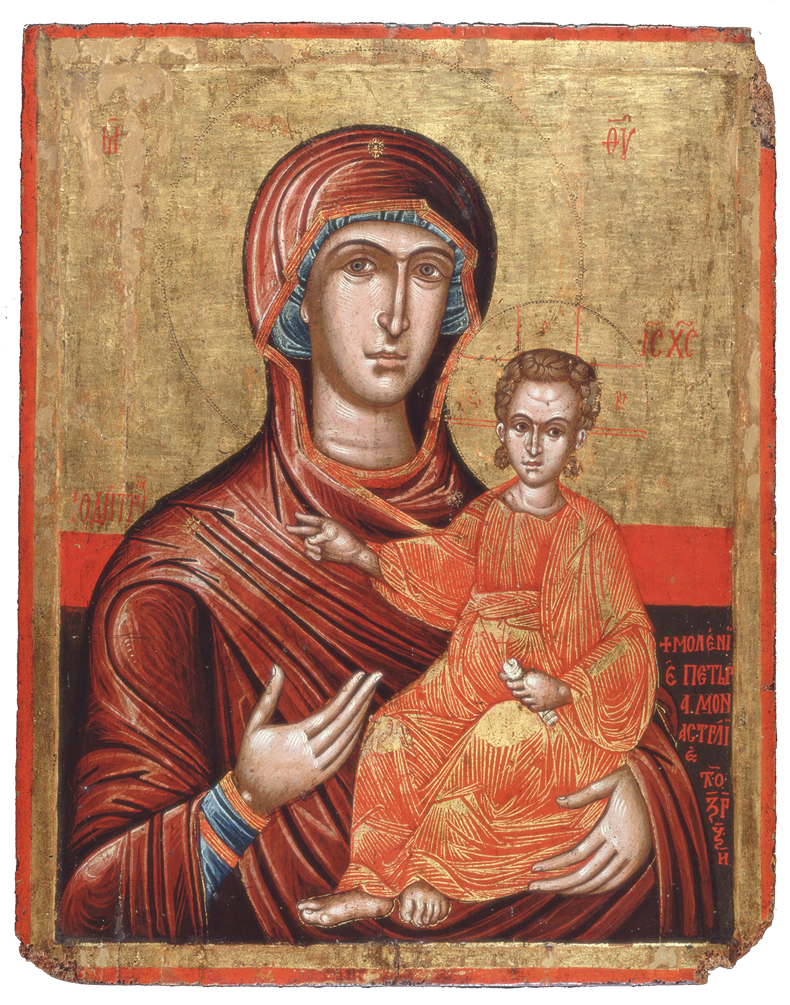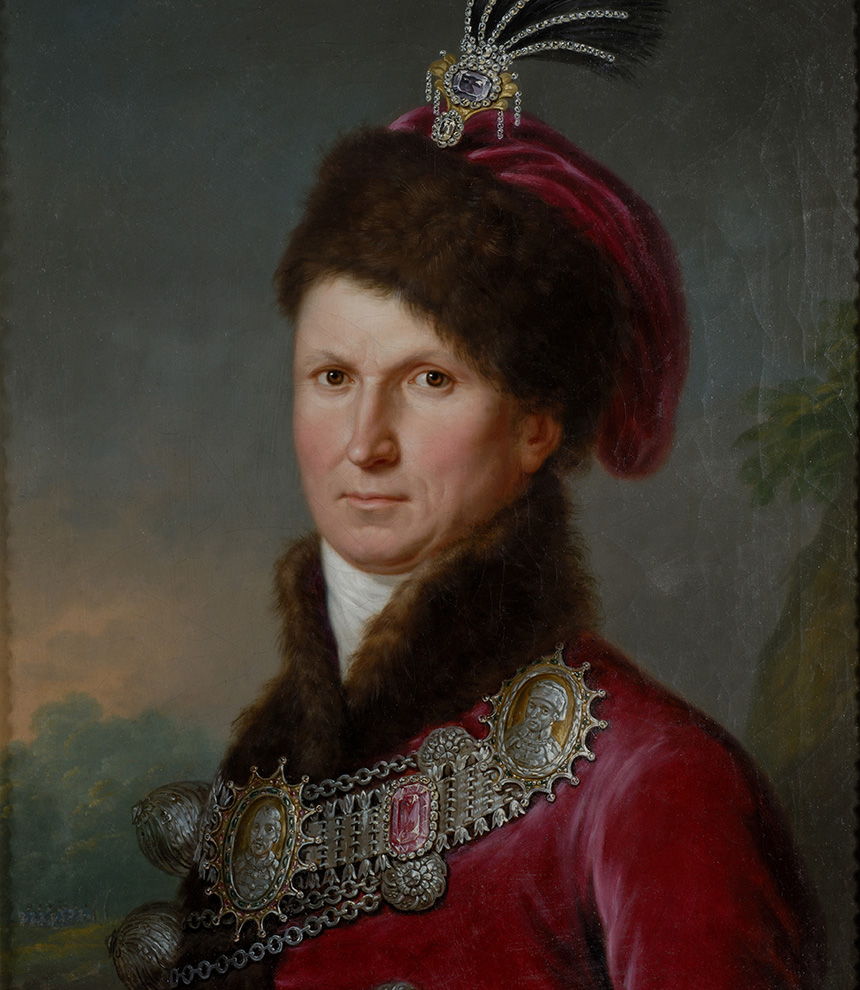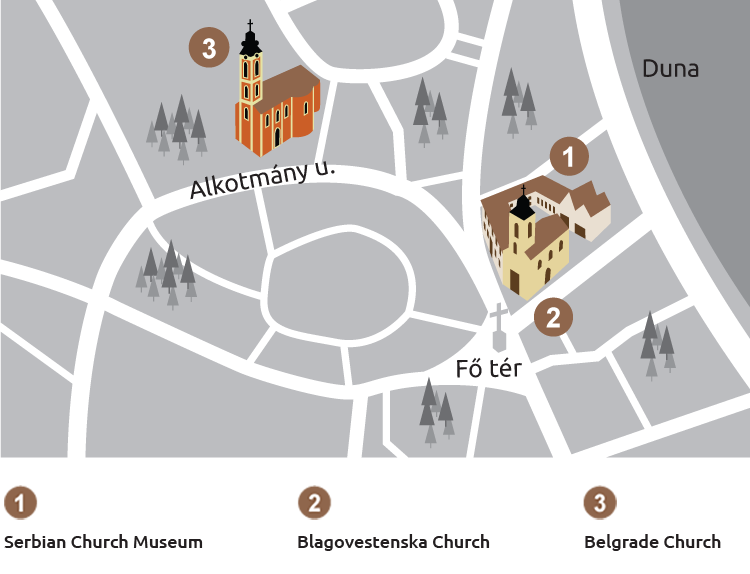Permanent Exhibition

Serbian Ecclesiastical Art in Hungary
For some geographical locations, the development of Serbian ecclesiastical art in Hungary may be traced from as early as the 15th century. Among the major centres, Ráckeve (Srpski Kovin), Komárom (Komoran) and Győr (Đur), as well as – somewhat later – the Monastery of Grábóc (Grabovac) are the most prominent. In Ráckeve, located on Csepel Island, Serbs settled in 1440, when they were granted special privileges by King Vladislaus (Ulászló) I of Hungary (also known as Władysław III of Poland). At that time, they even rebuilt a late-Gothic church, which would be decorated with late-medieval paintings in 1514. In subsequent periods, during the Ottoman occupation, the Serbs’ firmest spiritual stronghold was the Monastery of Grábóc, founded in 1585.

From the Past of Hungary’s Serbs
The chronicle of the spiritual and administrative life of the Serbian Orthodox Eparchy of Hungary is presented through the portraits of twelve bishops of Buda. This gallery of religious dignitaries portrays the bishops who headed the Eparchy of Buda in the period 1729 to 1892, covering a complete era of 18th- and 19th-century church governance.
The portraits of respectable citizens, patrons, endowment holders and individuals significant in the cultural and social life of Hungary’s Serbs provide important points of reference for understanding the development and flourishing of Serbian art and culture in the region.

